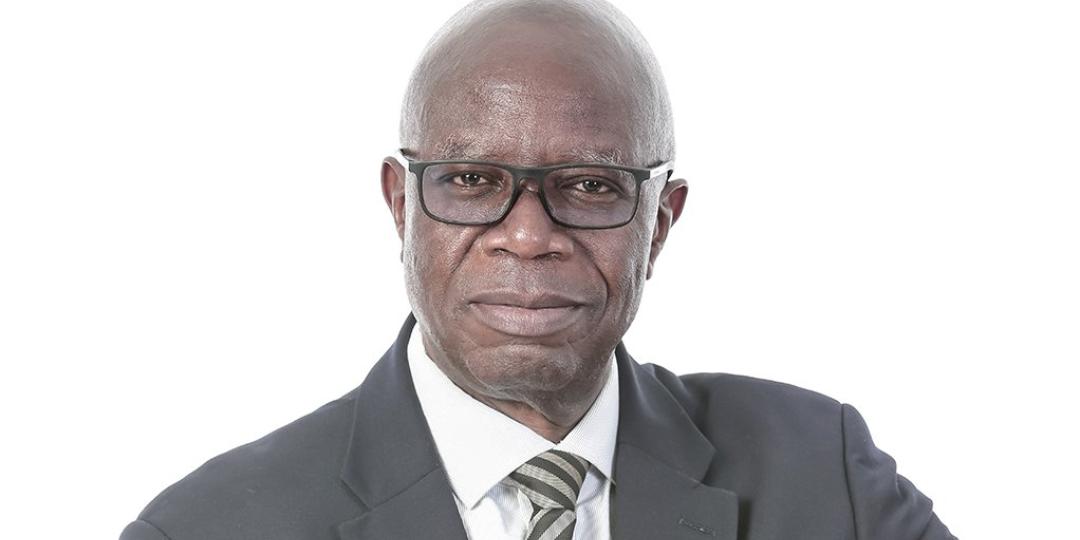One of the most significant outcomes of the Airlines Association of Southern Africa’s (AASA) Annual General Assembly, held earlier this month at the Arabella Hotel near Hermanus in the Western Cape, could come from off-stage discussions between the Minister of Tourism and the Deputy Minister of Transport. The burning issue was – how can South Africa safeguard jet fuel supplies at SA airports to avoid scenarios like the shortage at OR Tambo caused by the KZN floods, and the shortage at Cape Town caused by bad weather delaying the arrival of the delivery vessel?
Aaron Munetsi, CEO of AASA, said a guaranteed fuel supply was the biggest challenge. “First and foremost, jet fuel is a big, big issue for us. We are very concerned. We have raised the issue in private conversations with the Deputy Minister of Transport, Sindisiwe Chikunga. We need supply,” he said.
Munetsi explained that the industry had dodged a bullet in Cape Town at the start of October when shortages disrupted airline schedules. He warned: “Airlines sell a product based on nothing but schedule integrity. Otherwise, airlines go down the chute, and we don’t want that to happen.”
“There were plenty of big, positive developments and significant commitments with regard to fixing infrastructure and protecting the supply of jet fuel,” Munetsi said. “There is a committed effort already involving Acsa and the fuel forum, which was already in place before our event.”
Munetsi said it would take time to build up SA’s fuel supply levels but that there was a healthy re-supply coming by ship.
But AASA was concerned that the recent industrial action by Transnet workers would delay fuel arrival at local airports. While AASA understood industrial action and workers’ right to strike, it believed it should be done in a responsible manner. “We don’t want one booking to cancel. We don’t want one job to be lost. We have worked extremely hard to get where we are,” Munetsi said.
Deliverables
With 260 delegates convened at this year’s AASA AGA, the event was oversubscribed. “I think it’s a combination of factors. People are excited to be able to confront the challenges we are facing. These challenges are felt across the breadth of the industry,” said Munetsi.
He described a system for checking up on AGA outcomes. In six months, AASA plans to ask delegates for feedback and detailed progress reports. “We want to move from having a ‘talkshop’ to having a ‘workshop’,” he said.
Aside from the issue of jet fuel, other major issues for AASA’s members included market access and high input costs. Munetsi said a significant problem was the varying cost of Foreign Operators Permits. Some African countries are charging in the region of US$8 000 (R146 300). As a comparison, the same paperwork would cost R1 000 in South Africa.
AASA also wants to see open skies realised in the region but described bilateral agreements as a thing of the past. “Airlines are dying to service certain African destinations – the market wants them – but the regulatory authorities in those countries are just not co-operating!” he claimed.
Another major talking point at the AGA was baggage handling. “Our airports, not only in South Africa but across the region, are not fully equipped to handle the volume of traffic and when two wide-body aircraft arrive at the same time, baggage can take ages to be delivered,” Munetsi said.
He listed another difficulty – that of the need to simplify the process of bringing new aircraft into South Africa. This would help the industry to recover capacity lost as a result of the demise of Comair. “That gap needs to be filled but the challenge is that bringing in new aircraft is quite onerous. We need to give airlines assistance to bring in new aircraft, to register these and bring in new services. We have also given our commitment to the Minister of Tourism that airlines are going to provide the uplift required as we approach the peak season.”
Munetsi was happy to see confidence returning to the industry. “The AGA was an opportunity for airlines to get out and speak confidently to their colleagues about their plans. Everybody was sceptical about when South Africa would reopen after COVID-19 and how the industry would recover. Now, people are openly and courageously saying: ‘This is what we plan to do’. Airlines are adding regional routes, such as FlySafair and CemAir. They are now able to get up on stage, with a little bit of chutzpah. We were also fortunate to have the Minister of Tourism come to address us and engage in a Q&A. It bolsters confidence knowing that the regulators are there, the civil aviation authorities from places like Botswana, Namibia, and teams from Mozambique. That gives our airline community an opportunity to say, this is what we are expecting of you, our service providers, and to get time frames. And, it gives everybody a chance to align thought processes.”
SA’s Tourism Minister Lindiwe Sisulu described co-operation between the public and private sectors as critical and said there was an urgent need for crisis management in travel and tourism. She also said the department was deep in the process of drafting a new policy for tourism in South Africa, which would replace a 1996 white paper, and that AASA would be consulted regarding the draft. She also touched on visa facilitation and making air travel affordable in South Africa.
Leading the way
The AGA was also attended by the Regional VP of Iata, Kamil Alawadhi, and Tshifhiwa Tshivhengwa, CEO of the TBCSA.
Panel discussions and sessions dealt with partnerships, co-operation, collaboration and commitment; the environment; tourism growth and strategic regional alignment initiatives; and non-negotiable imperatives for a resilient industry.
JoaoJorge, Director-General of Linhas Aéreas de Moçambique (LAM), and Elmar Conradie, Safair CEO, were elected to serve as Chairperson and Deputy Chairperson of the association respectively.
























